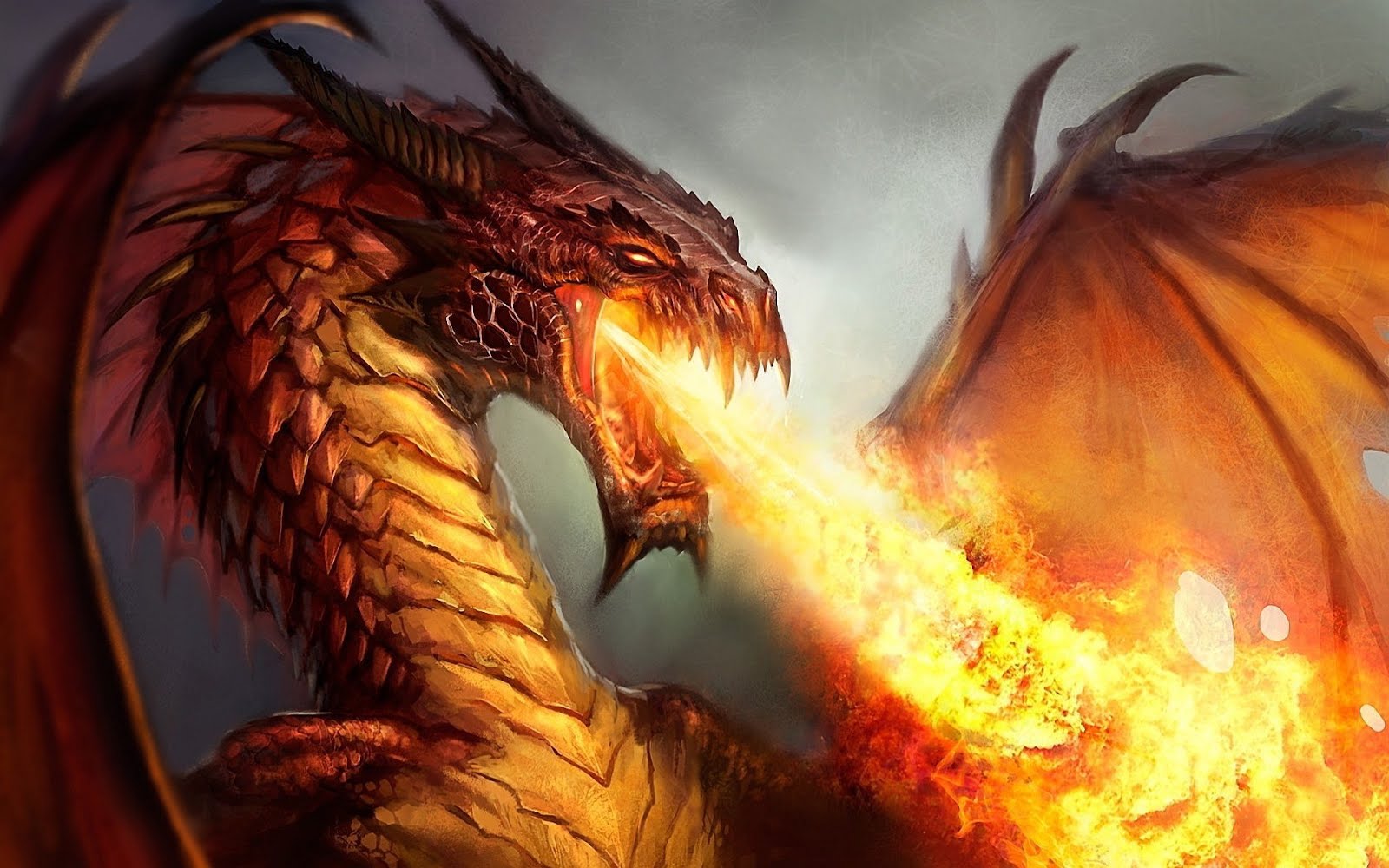OVERVIEW
"Ads, news, movies, TV shows, and many other types of media all want you to accept their messages at face value. However, you should look beneath the surface and ask questions to decode what these media messages are really saying." - GCFGlobal.org
It is critical in today's information-rich world, that students can identify what information is true and accurate, and what is not. What advertising is trying to get your attention, and what can be deemed accurate and professionally reported? What can you use to cite sources and research for projects in class? Today you will see some of the examples of news manipulation and you will be responsible for a completing a worksheet outlining your learning today.
It is critical in today's information-rich world, that students can identify what information is true and accurate, and what is not. What advertising is trying to get your attention, and what can be deemed accurate and professionally reported? What can you use to cite sources and research for projects in class? Today you will see some of the examples of news manipulation and you will be responsible for a completing a worksheet outlining your learning today.
OBJECTIVES
1. Review the Veterans Day video in class.
2. Participate in class discussion/powerpoint about Media Pitfalls & Fake News
3. Complete the Media Pitfalls Student Worksheet
a. Make sure to click the link below to access the worksheet, click FILE and
Make a Copy, add your last name to the title, and SHARE it for credit.
Make a Copy, add your last name to the title, and SHARE it for credit.
"Media Pitfalls & Fake News" Google Slides Class Presentation (For Review)
(❗️) "Media Pitfalls Student Worksheet" Google Document
You must open the document, click FILE and MAKE A COPY, and SHARE it with Mr. S (harvey.scribner@techfreire.org) for credit!
VIDEO REFERENCES
STANDARDS ADDRESSED
• ALA Standard 2:1: Student determines accuracy, relevance, and comprehensiveness.
• ALA Standard 2:2: Student distinguishes among fact, point of view, and opinion.
• ALA Standard 2:3: Student identifies inaccurate and misleading information.
• ALA Standard 2:4: Student selects information appropriate to the problem or question at hand.
• ALA Standard 6:1: Student assesses the quality of the process and products of personal information seeking.
• CCSS: RI.3.5: Use text features and search tools (e.g, key words, sidebars, hyperlinks) to locate information relevant to a given topic efficiently.
• CCSS: RI.5.7: Draw on information from multiple print or digital sources, demonstrating the ability to locate an answer to a question quickly or to solve a problem efficiently.
• CCSS: W.6.1.b: Support claim(s) with clear reasons and relevant evidence, using credible sources and demonstrating an understanding of the topic or text.
• CCSS: 7.1.b, 8.1.b: Support claim(s) with logical reasoning and relevant evidence, using accurate, credible sources and demonstrating an understanding of the topic or text.
• NETS: 3:b: Students locate, organize, analyze, evaluate, synthesize, and ethically use information from a variety of sources and media.
• NETS: 3:c: Students evaluate and select information sources and digital tools based on the appropriateness to specific tasks.

No comments:
Post a Comment
Note: Only a member of this blog may post a comment.